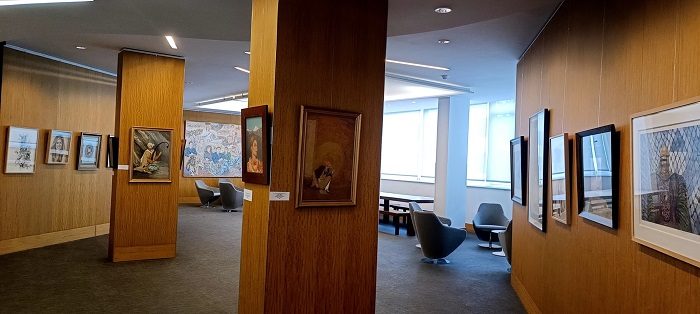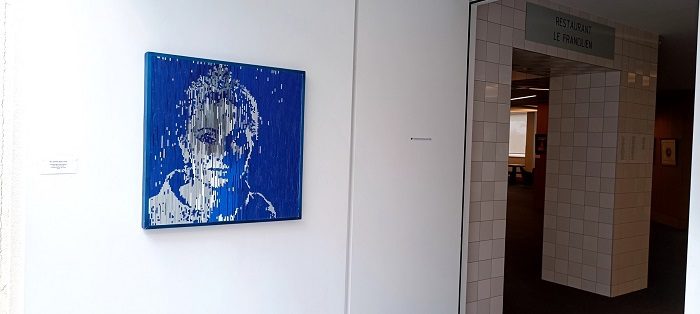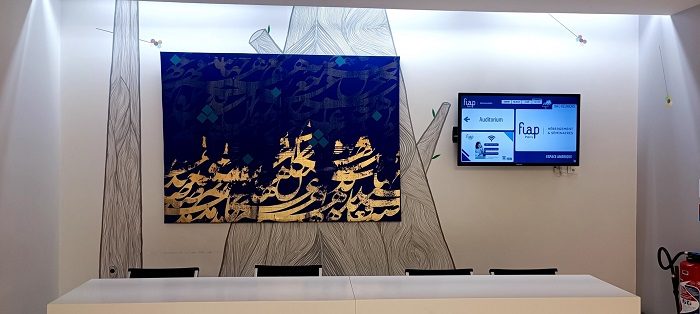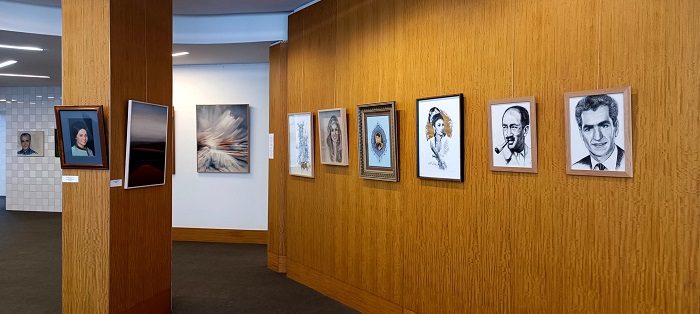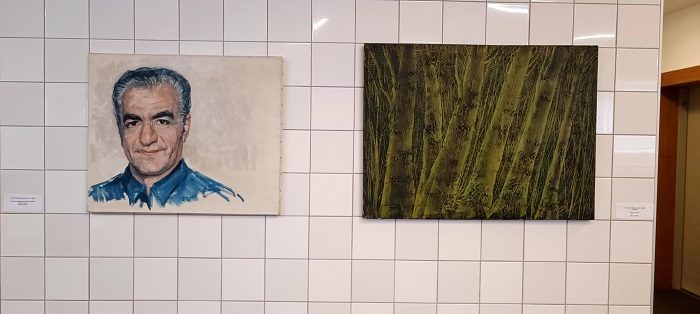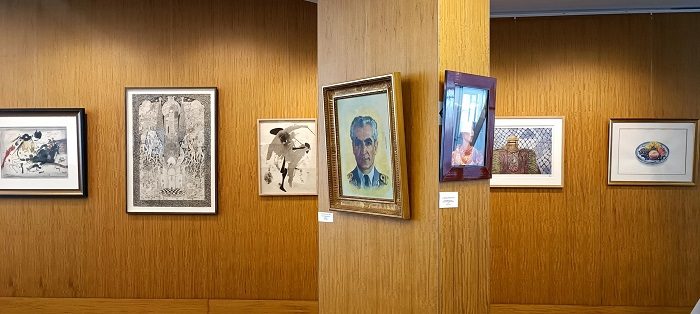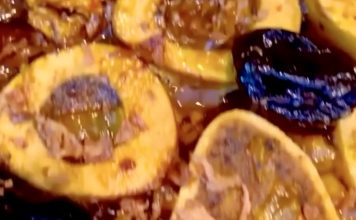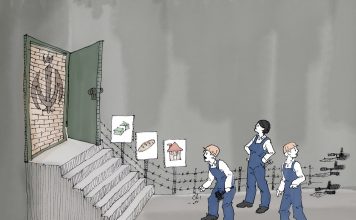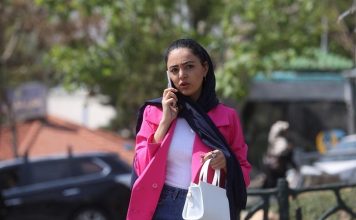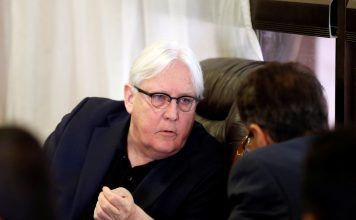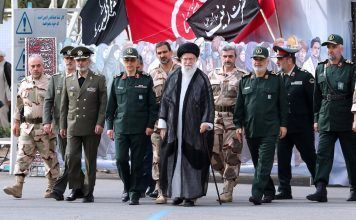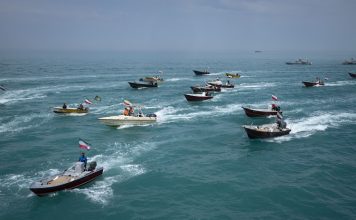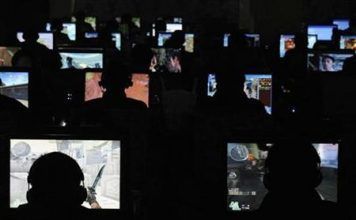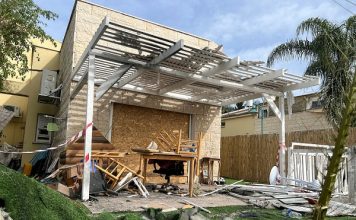By Katayoun Shahandeh
For the next month, the private art collection of Empress Farah Pahlavi is on display in Paris at the Fiap Jean Monnet. The show, which ends May 24, features more than 70 artworks, predominantly produced by Iranian artists – including Bahman Mohassess and Sohrab Sepehri — before the 1979 Revolution.
Empress Farah was an active patron of the arts and founded numerous museums and cultural institutions in Iran prior to the 1979 Revolution, including the Negarestan Museum and the Tehran Museum of Contemporary Arts.
Her collection contains some 500 works by 280 artists. Sixty-five of those artists have produced at least one portrait of the Empress.
The exhibition also highlights the work of the Shahbanou Farah Pahlavi Foundation, to which many of the works have been donated, and which is dedicated to supporting artists and preserving Iranian cultural heritage.
Kayhan Life interviewed the exhibition’s curator, the artist Vanecha Roudbaraki, to find out more about the making of the exhibition.
Can you share insights into the process of curating this exhibition and selecting the artworks from the Empress’s private collection?
The process was extensive, owing to the significance of presenting the first exhibition of Her Majesty Farah Pahlavi’s private collection. Given her profound influence on contemporary Iranian art over several decades, meticulous attention to detail was paramount.
Initially, we conducted a comprehensive inventory, cataloguing each artwork and its respective creator. Then we carefully selected pieces to feature in the exhibition. Balancing Iranian and international artists was imperative, to represent a diverse spectrum of artistic voices. Despite the inherent challenges in making such selections, we strived to include works from established artists as well as emerging talents, ensuring a rich and varied display.
You are a talented artist yourself whose work is also included in the exhibition – how did you come to curate this collection?
I consider myself incredibly fortunate to have several dozen artworks featured in the esteemed collection of Her Majesty Farah Pahlavi—a pinnacle moment in my artistic journey. To prioritize the inclusion of emerging talents, I made the conscious decision not to exhibit my 2-meter-by 2-meter portrait of the Shahbanou, instead choosing smaller portraits and a painting of the Damavand mountain peak, as per Her Majesty’s request.
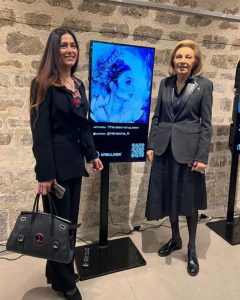 How has the Shahbanou Farah Pahlavi Foundation’s mission to support artists and preserve this collection influenced the curatorial approach for this Paris showcase?
How has the Shahbanou Farah Pahlavi Foundation’s mission to support artists and preserve this collection influenced the curatorial approach for this Paris showcase?
Collaboration was key in bringing this exhibition to fruition, spurred by the establishment of the Shahbanou Farah Pahlavi Foundation. Her Majesty’s decision to generously donate a substantial portion of her private collection, including artworks, thousands of books, and photographs, to the Foundation served as the catalyst. The University of Lisbon in Portugal graciously offered to house and permanently exhibit these treasures until circumstances in Iran permit the Foundation to establish its presence there, where it belongs.
Prior to their relocation to Portugal, Her Majesty chose Paris as the venue to showcase her private collection—a city which is both close to her heart and the world of art. This decision underscores the profound connection between Her Majesty, Paris, and the artistic community, marking a poignant prelude to the collection’s journey to Portugal.
Can you highlight any standout pieces in the collection that hold particular significance or tell intriguing stories?
While I was familiar with the names of some great artists, I had never had the chance to meet them in person. Upon witnessing their artworks up close, I was truly awestruck. The creations of renowned artists such as Sohrab Sepehri, Bahman Mohassess, Reza Samimi, and Hossein Kazemi left me breathless.
What truly touched my heart were the heartfelt words and gestures of hundreds of international artists, all intended as a tribute to Her Majesty Farah Pahlavi. I felt an overwhelming sense of gratitude for the opportunity to know Her Majesty personally, and for the trust she placed in me. It was as if all of the contemporary artists, both living and departed, were watching over this momentous event, their spirits imbued within their artworks, surrounding me with their creative essence.
Given the diverse range of artists represented in the exhibition, how did you approach balancing their individual styles and perspectives within the overall presentation?
Considering the spatial constraints and using the three available levels, I organized them into distinct categories. The first floor houses works behind glass and smaller pieces, while paintings are on display on the two levels below.
In the absence of a space for displaying sculptures, I made the decision to photograph the 70 sculptures and present their images on approximately ten screens in a separate room, ensuring their inclusion in the exhibition.
What were some of the key challenges or considerations in presenting this collection to an international audience unfamiliar with the complex socio-political context of post-revolutionary Iran?
Having engaged with diverse visitors from around the globe since the opening of the exhibition, I’ve come to appreciate the significance of this exhibition. For Iranians, it has served as a poignant link to their cherished Empress through art, while for foreigners, it has offered a chance to rekindle a connection lost for 45 years. Individuals sought not just political insights but narratives of life woven within the artworks. The interactions with visitors proved as compelling as the artworks themselves.
Can you discuss any collaborations or partnerships involved in bringing this exhibition to fruition, both within and outside the art community?
We are immensely grateful for the invaluable collaboration of Fiap Jean Monnet, whose generous support paved the way for the realization of this event. Her Majesty found great appreciation for this vibrant venue, which serves as a hub for numerous young people from across the globe, reminiscent perhaps of the Institute for the Intellectual Development of Children and Young Adults (Kānoon-e Parvaresh-e Fekri-e Koodakān va Nojavānān) which Her Majesty had founded in Iran in 1965.

